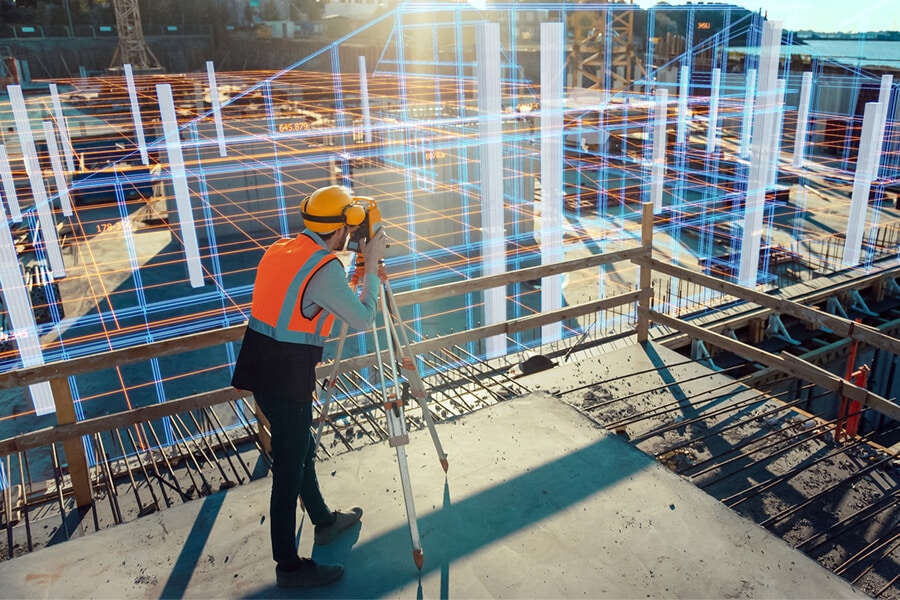Public sector organisations are under increasing pressure to deliver projects against a backdrop of falling budgets and shrinking resources.
Local authority finances have lost nearly £12bn because of the COVID-19 pandemic. It follows a challenging decade, where government grants have dropped by 37% in real terms. These have needed to be made up by other sources, including increases in council tax (more on this here).
With this in mind, every avenue is being explored to achieve greater value in projects, both in capital terms but also in terms of social outcomes. Technology offers a great place to start.
Is there digital transformation in your public sector?
The first two questions that everyone on the project team should ask are: “What are you trying to achieve?” and “How does it support your organisation’s overall objectives?”
For example, if the strategy is to deliver more sustainable buildings, where can technology help you to achieve this goal? This should be considered at every stage, from planning and design through to construction and then later handover, occupation and maintenance.
Positively, public sector organisations cans take the lead in driving these strategic goals to get the outcomes they want, including outlining the technology solutions that they want to use. By setting the framework for how projects are delivered and the outcomes are achieved—for example the tools and workflows that will achieve the best results—they can ensure that they met their wider organisational objectives and deliver best value for the communities they serve.
Know what you’re buying
It all starts at the beginning of the procurement process. While setting out the requirements for the project, technology should be included. Describe your existing workflows and processes, the system stack you already use and where new tools can make a difference to the way you already work. You should specifically ask where your supply chain has solved these issues and used their own software and processes to do this, as well as reviewing your own project history to get a feel for what good looks like and where the most valuable gains can be achieved.
To do this, you may need some understanding of your own skill sets within the organisation—how tech-savvy are you and your colleagues? Knowing this upfront will play a key role in how you plan and deliver the rollout and adoption process.
This analysis and internal education is so important as it sets the tone and foundation for bringing new approaches into the organisation. It has led to us working with the Chartered Institute of Building (CIOB) to write some guidance that organisations can use to help them understand technology and go through this process. As well as serving as an overview of key terminology relating to construction technology, it outlines how software can be effectively harnessed to drive project, business and social outcomes. It does this at three key stages—preparation, implementation and management.
Available to download here, the guidance was complemented by a webinar delivered with CIOB President Mike Foy and representatives from the project team behind Merthyr Tydfil’s £12m bus interchange. An award-winning scheme, it is a great example of a client taking the lead and bringing the supply chain together to deliver an exemplary project.
Key outcomes included:
- Delivering a highly sustainable building by using technology to predict and assess environmental impacts and managing design changes as and when required to achieve improvements
- Ensuring that best taxpayer value was achieved by using technology to model “what if” design scenarios, including visualising the latest concepts and drawings
- Finishing the project on time and on budget thanks to digital collaboration tools and clear measurement and reporting against crucial KPIs in real time
What the case study demonstrated is that it all started with a clear ambition—to deliver the best possible building that would transform opportunities in what was a relatively under-resourced area. From here, it was a case of determining the best technology that would help deliver that outcome and setting the foundations for how the project team would work.
With public sector spending accounting for such a large proportion of projects in the built environment, it is easy to see how those that take a leadership role can make a difference and move the construction industry along its digital transformation journey.
Find out how you can be part of the change by downloading the guide below.











